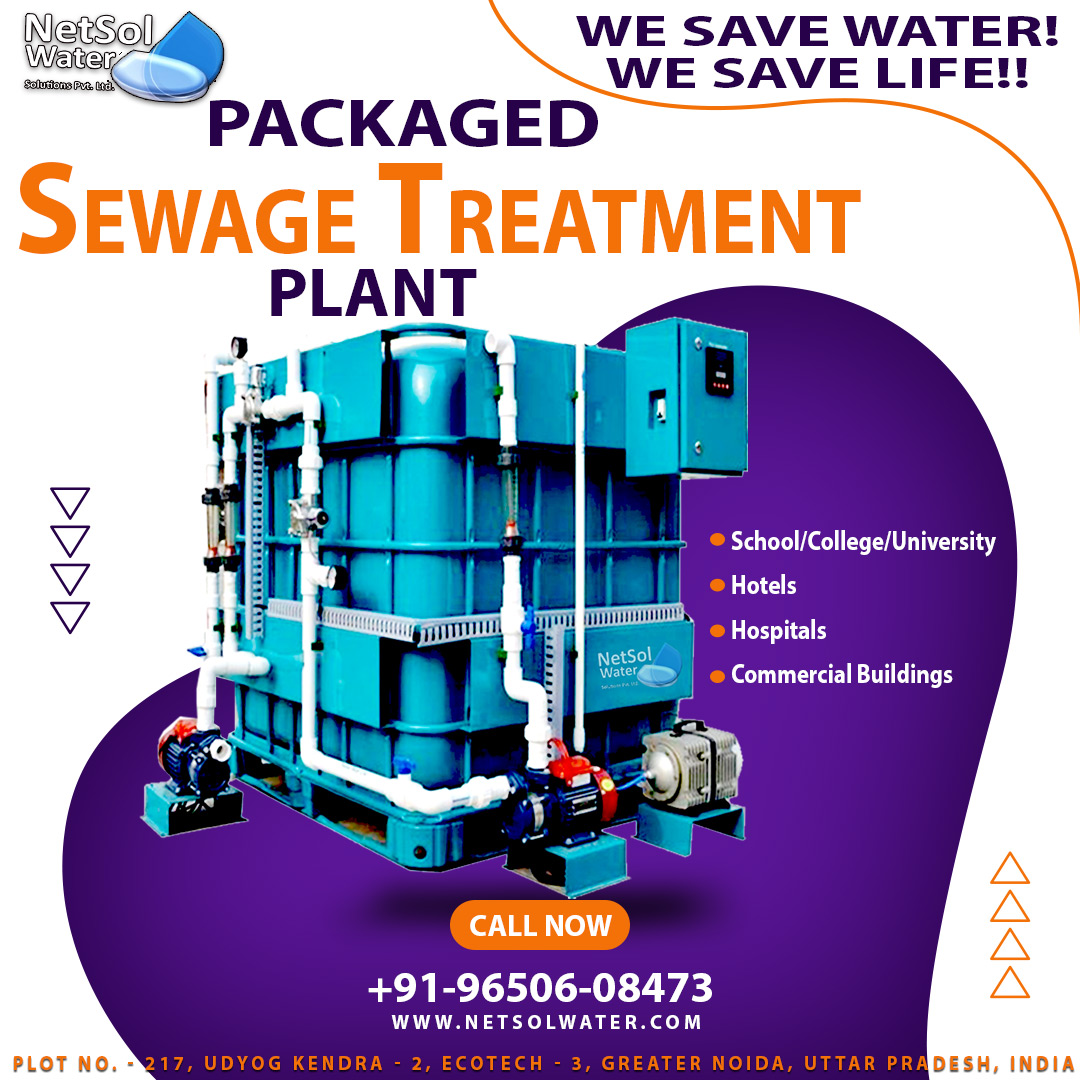How do ETPs and STPs contribute to resource conservation?
In the domain of wastewater, the executives, Effluent Treatment Plants (ETPs) and Sewage Treatment Plants (STPs) stand as unrecognized yet genuinely great individuals, quietly adding to asset protection. These are essential in treating and cleaning wastewater, protecting the climate, and safeguarding important assets. In this blog, we will investigate how ETPs and STPs are the overlooked bosses of asset protection in the realm of wastewater executives.
Emanating Treatment Plants (ETPs): Safeguarding Water Assets
1. Water Reuse: ETPs are fundamentally answerable for treating modern wastewater. Through effective treatment processes, they can deliver wastewater appropriate for reuse inside the business. This essentially diminishes the interest in freshwater assets, elevating an economical way to deal with water the executives.
2. Chemical Recovery: Numerous modern cycles include the utilisation of synthetics, and ETPs can add to asset preservation by recuperating and reusing these important substances from wastewater. By streamlining processes, for example, compound precipitation and coagulation, ETPs can extricate materials like metals for reuse or deal.
3. Energy Efficiency: ETPs typically require energy for different cycles, like air circulation and siphoning. These plants can embrace energy-effective advances and sustainable power sources to diminish their energy utilisation and limit their ecological effect. For example, anaerobic absorption can change over natural matter in wastewater into biogas, filling in as an energy hotspot for the plant.
Sewage Treatment Plants (STPs): Supporting Manageability
1. Water Reuse for Non-Consumable Purposes: STPs treat civil and homegrown wastewater, guaranteeing it follows ecological principles before discharge. In any case, the treated profluent frequently fulfils great guidelines and can be securely reused for non-consumable purposes like water systems, modern cycles, or latrine flushing. This training preserves significant freshwater assets and adds to an economical water cycle.
2.Nutrient Recovery: Sewage contains significant supplements like nitrogen and phosphorus. STPs can utilise cycles to recuperate these supplements, changing them into usable structures like ammonium sulfate. These recovered supplements can be utilized in farming, decreasing the requirement for engineered composts and monitoring significant assets.
3.Biosolids Management: STPs create biosolids supplement-rich natural materials delivered during wastewater treatment. These biosolids can be additionally handled and changed into significant items like fertiliser or soil conditioners. By reusing biosolids, STPs add to asset preservation and back reasonable agribusiness.
Conclusion:
EffluentTreatment Plants (ETPs) and Sewage Treatment Plants (STPs) probably won’t be at the centre of attention, yet they are instrumental in asset protection and reasonable wastewater the board. Thesesafeguard regular water bodies from contamination as well as improve the mindful utilization of water, energy, and significant assets. As worldwide worries about water shortage, asset exhaustion, and ecological corruption develop, the job of ETPs and STPs in asset protection turns out to be critical. By embracing imaginative innovations, streamlining processes, and focusing on the preservation of assets, these treatment plants are the foundation of a greener, more economical future for all. They are the unrecognised bosses of a world that regards and values its assets for a long time into the future.
